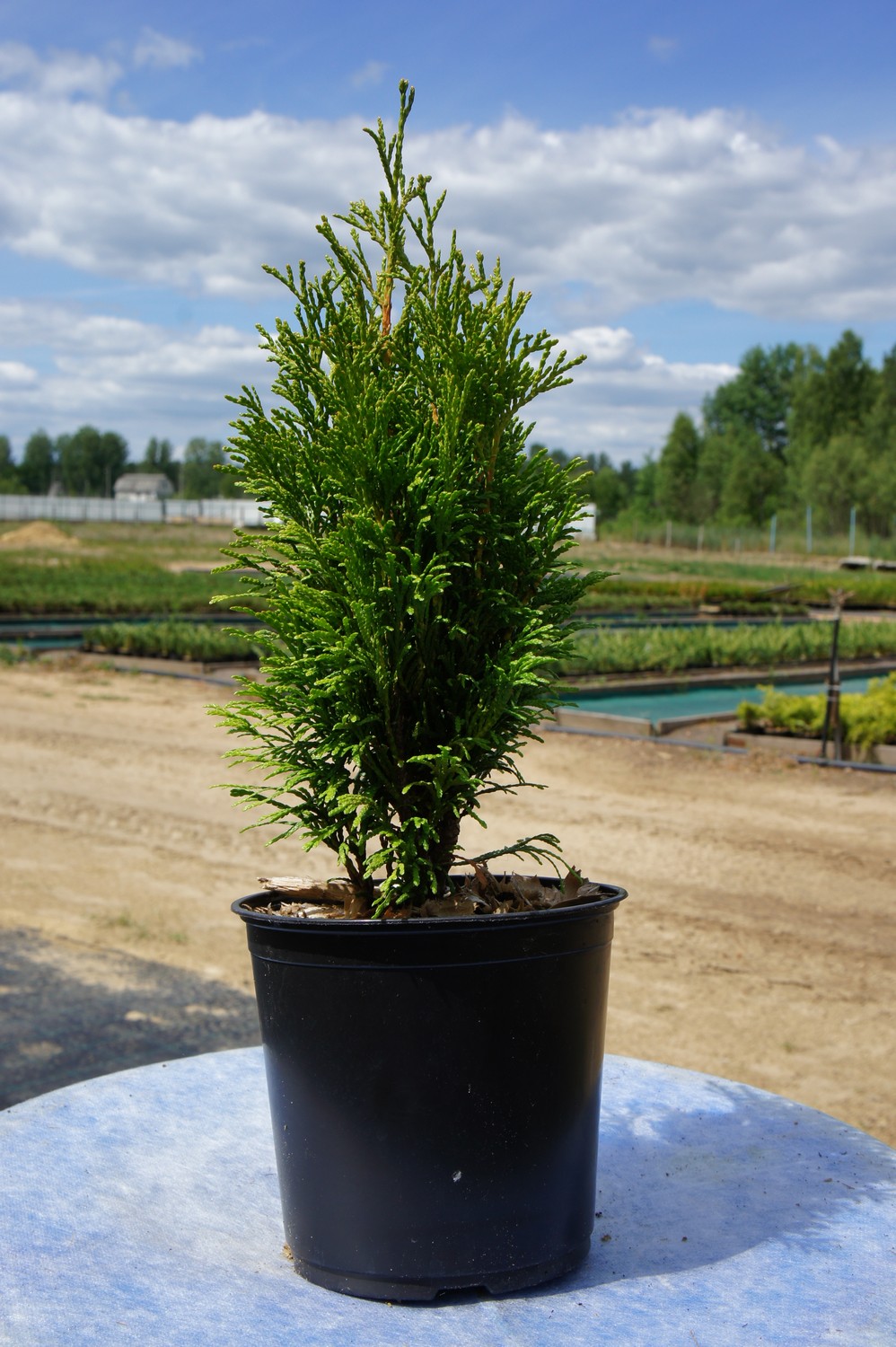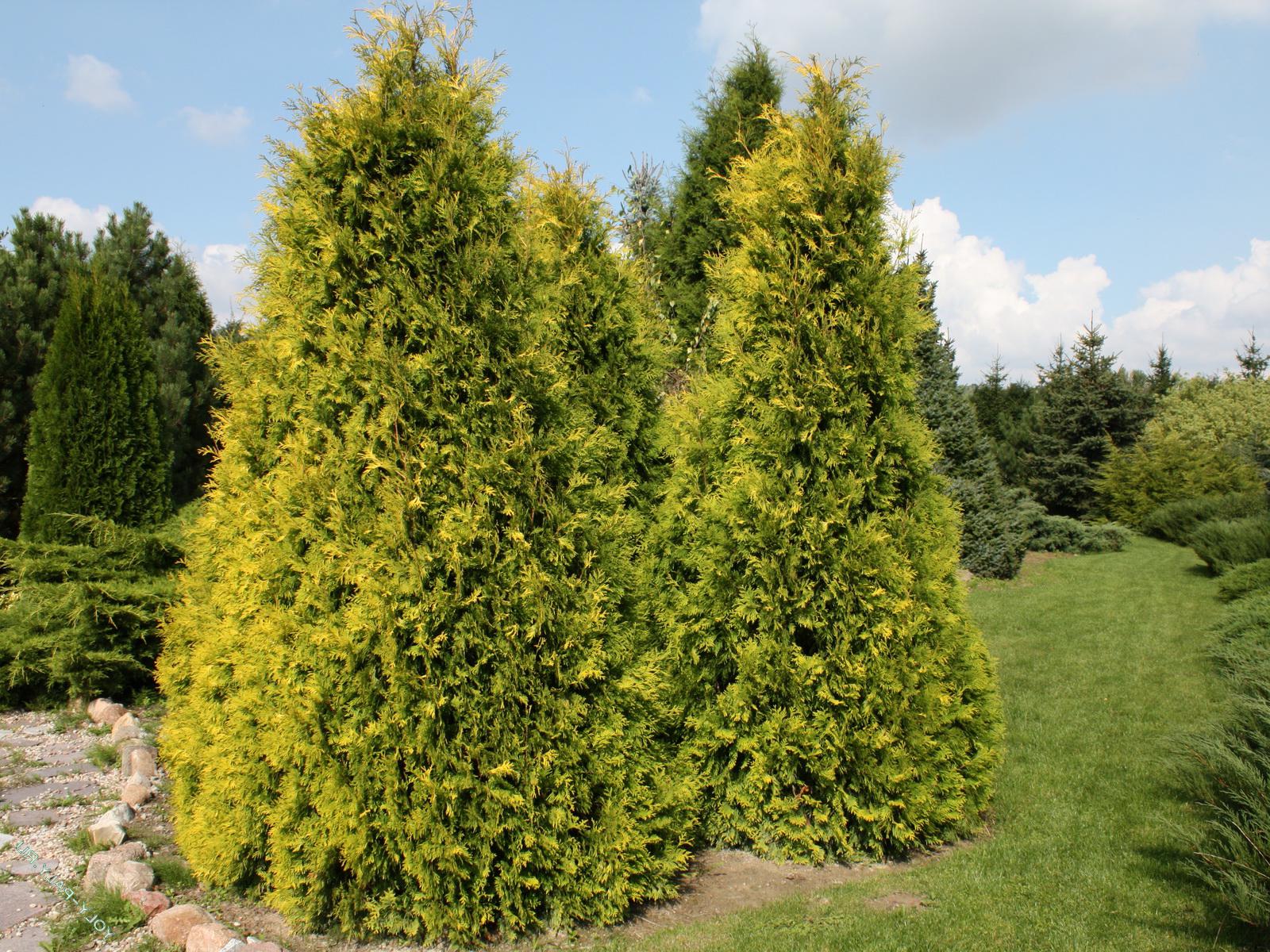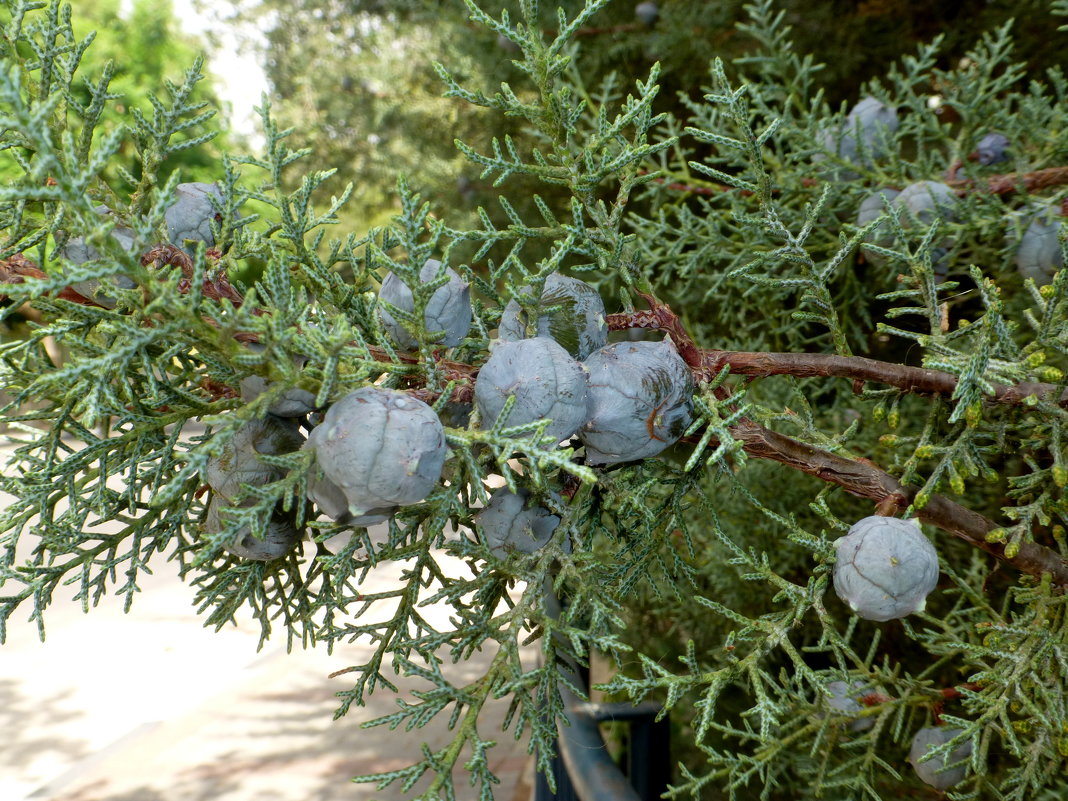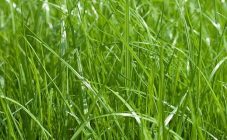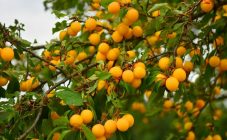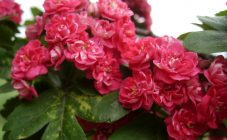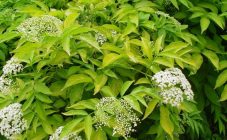Content:
Thuja decorative - a coniferous evergreen representative of the Cypress family. In the wild, it grows in America and East Asia. There, the height of the thuja reaches more than 20 meters. It first appeared in Russia at the end of the 19th century. In our climate, its maximum growth is about 11 meters.
Breeders have bred many varieties of tui. They can be columnar, pyramidal, spherical, and also have different colors and shades.
Characteristics and features
Our natural conditions are more suited to Western Tuya. Lovers appreciate it not only for its beautiful appearance, which does not lose its attractiveness either in winter or in summer. They also appreciated the essential oil in pine needles, which is used in medicine and perfumery. It turned out that it is an air freshener and also disinfects it. This type has many forms, but the most popular is thuja undersized.
Low thuja do not require complex care. They tolerate well both drought and excessive moisture. They love the sun, but they grow well in the shade. She is not afraid of the wind. Surface groundwater will not harm either, on the contrary, it will be possible to water less often. The blooming thuja (it is more correct to say dusty) is very interesting, in April-May female yellow-green cones grow in the middle of the tree, and brown-yellow male cones at the top. Dusting continues for about one and a half weeks. After about a month, new shoots appear. By mid-November, the cones ripen and crumble. The seeds do not lose their germination for two years.
Thuja is just perfect for a hedge. She tolerates haircuts well and therefore is suitable for shaping any shape. Pruning should be done 2-3 times a year. Carry out a haircut carefully so as not to form dips and bald patches.
Low-growing varieties have long been chosen by gardeners. These small shrubs have a dense crown, and fit very organically into the decoration of the sites.
Western thuja dwarf, varieties
Top type
Thuja undersized varieties Type Top about a meter tall, has a crown in the form of a ball, growing into a pin-shaped one. Scales-needles are dark green, shiny. This variety is photophilous, but almost undemanding to the ground. Tolerates both dry and wet soils. But, nevertheless, this dwarf feels better on fertile loams. Tuya Type Top - frost-resistant. Looks good in group design of the site and solo.
Yellow Ribbon
Another western thuja yellow variety is Yellow Ribbon. It is a small conical tree. It grows up to 1.5-2 meters. Young needles growing on the sunny side have an orange color, gradually turn green, and in winter a brown tint appears. This species is very demanding. He needs moist and fertile soil.
Emerald
Thuja Smaragd also belongs to the western type. This handsome man is similar to a cypress tree: tall, slender. The needles are green, which does not change even in winter. Smaragd is frost-resistant, shade-tolerant, prefers loams or soil with lime content.
Blue thuja
Oriental thuja looks very original - blue, Blue Cone varieties.
This tree has a dense, conical, pin-shaped crown. Under favorable conditions it grows up to 2-3 meters in height. From the name it is clear that the needles are blue with a shade of aqua.Watering is not as important to Blue Cohn as warmth. She lives mainly in warm climates. In the conditions of the Moscow region, it can freeze out, for the winter you definitely need a shelter.
Landing
Thuja propagates by twigs, cuttings and seeds.
Spring is best for seed planting. You need to choose a place so that it is on the sunny side in partial shade. Gentle seedlings, until they have matured, can die from direct sunlight. Seeds are sown to a depth of 5 cm. A layer of sawdust should be poured on top and the planting should be moistened.
If you propagate the plant by shoots, then you need to take a 2-3 year old stalk, but always with a heel (a piece of wood) and plant it to a depth of about 3-5 cm.
Ornamental thuja seedlings can be purchased in the Tuim forestry of Khakassia.
This is a street plant, not an indoor flower, and even if it got in a pot, then it must be stored at + 15C until spring.
Gardening is one of the most important tasks in landscape design. A huge variety of different plants participate in it, decorative thuja is an excellent option for creating a beautiful, fragrant island in your own garden.
